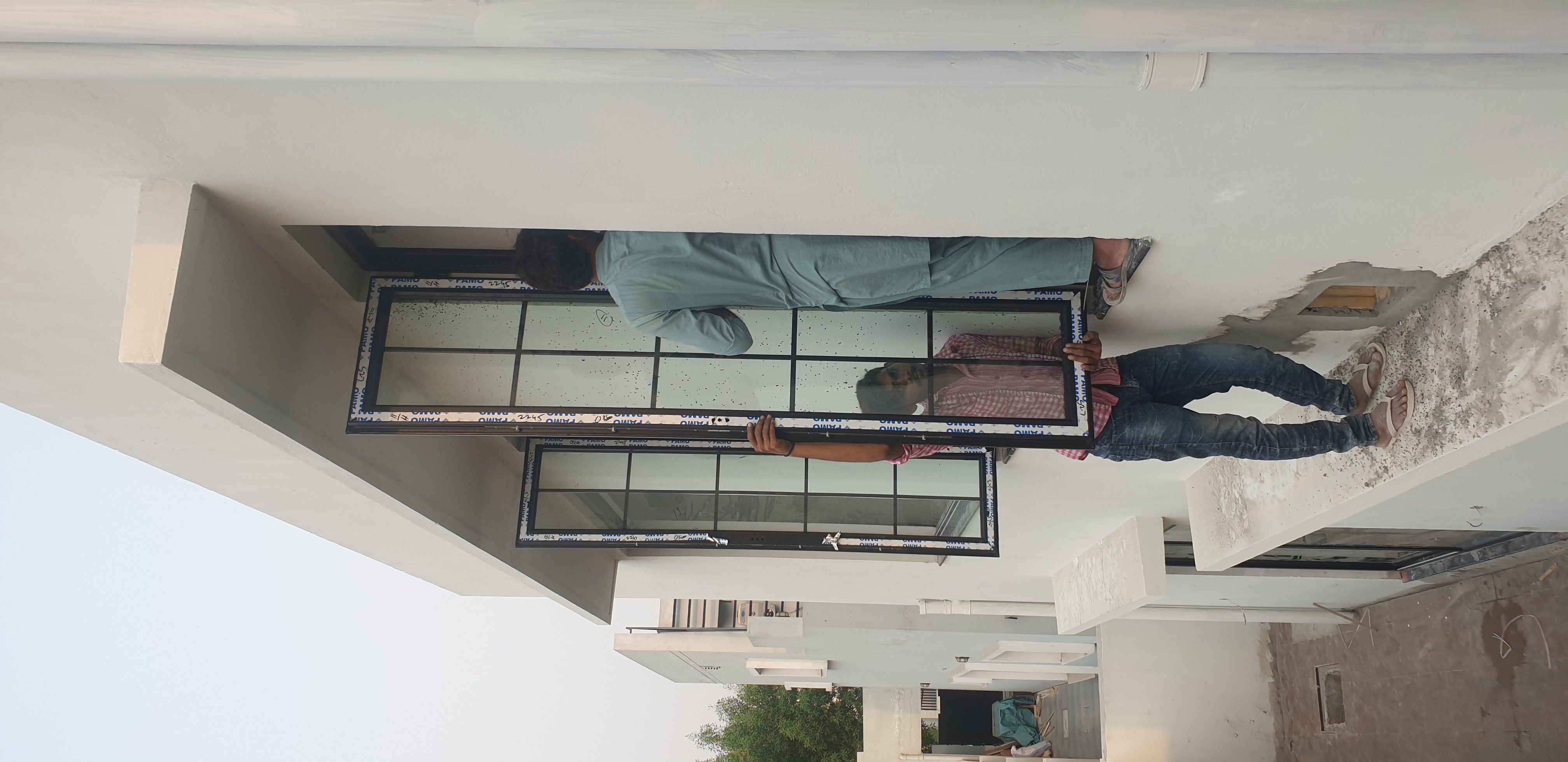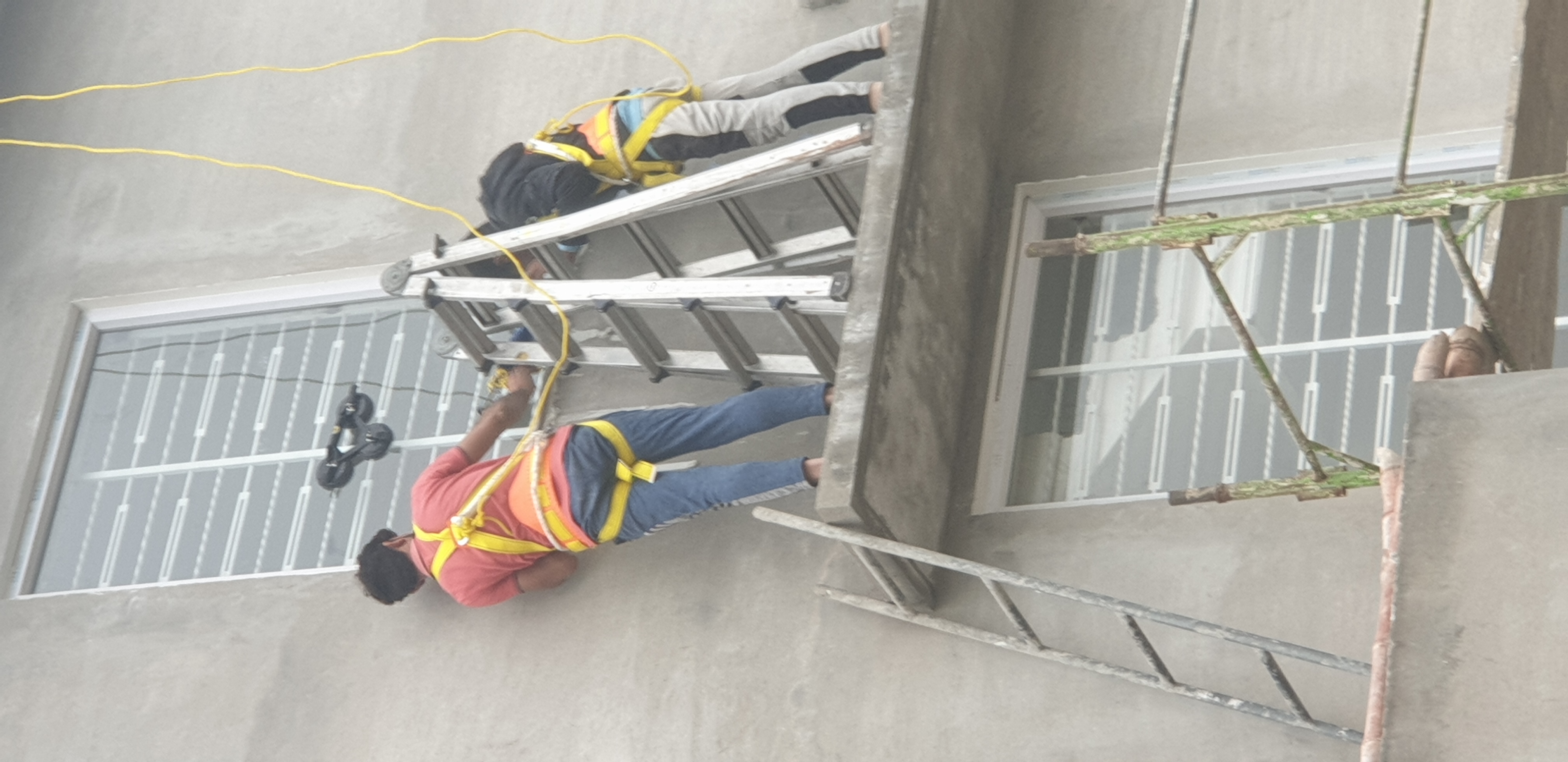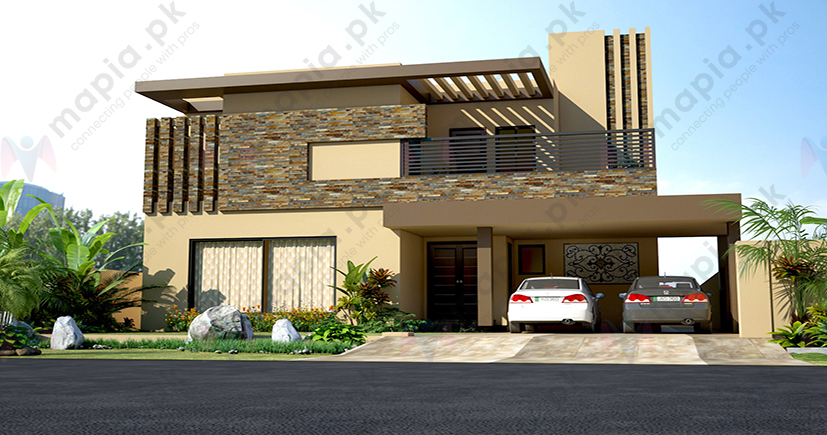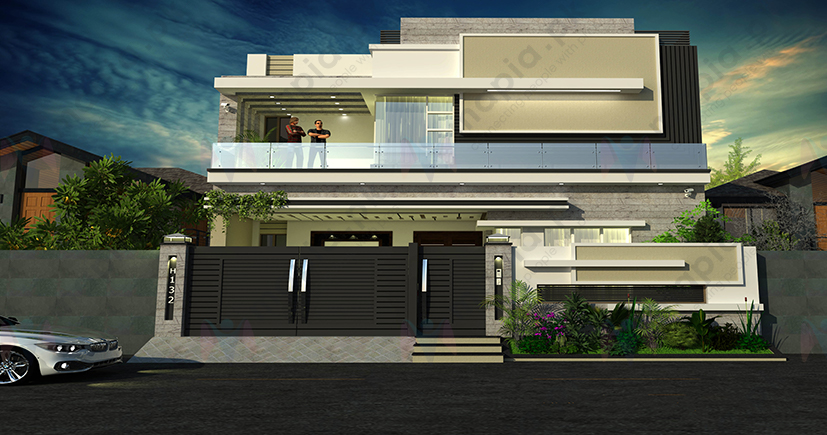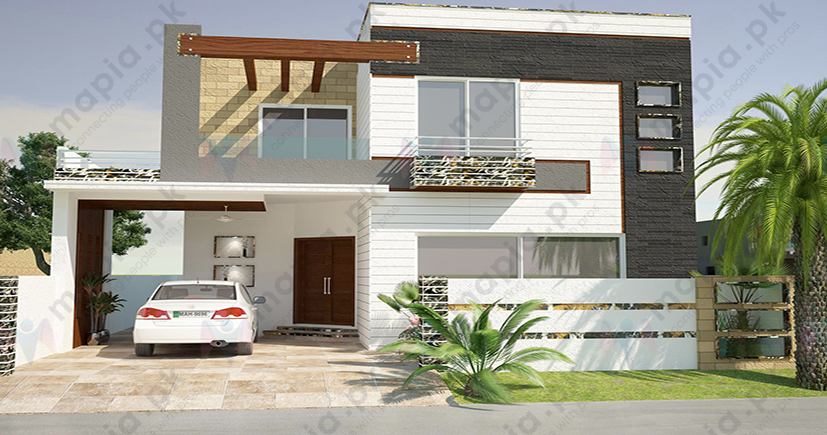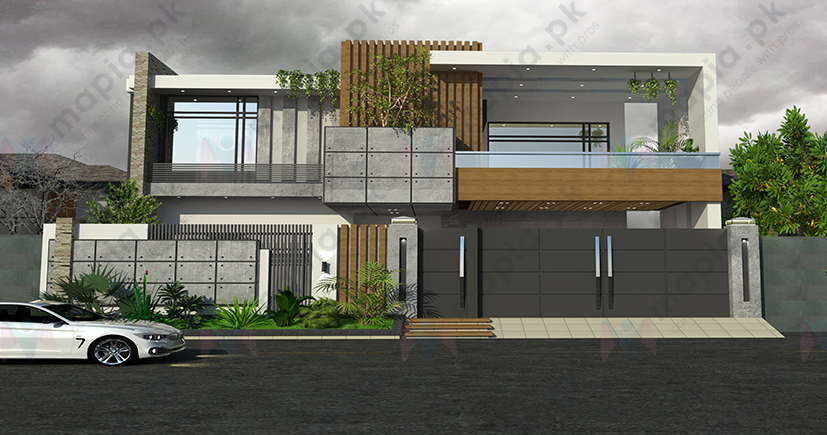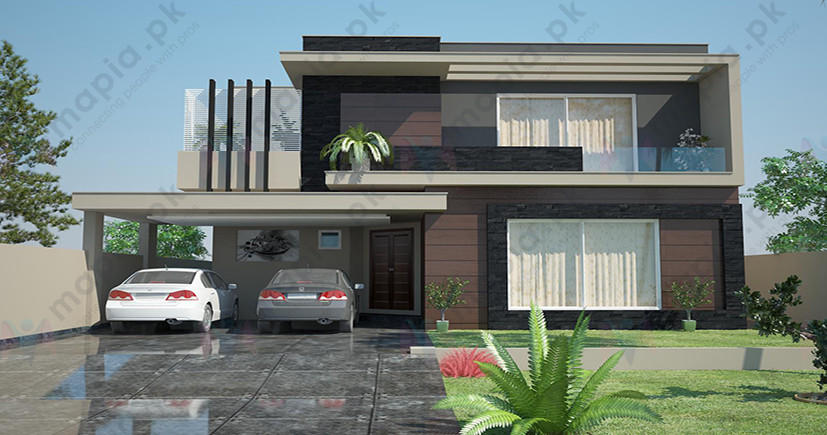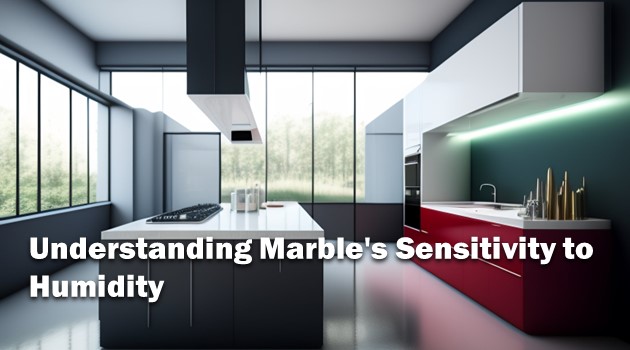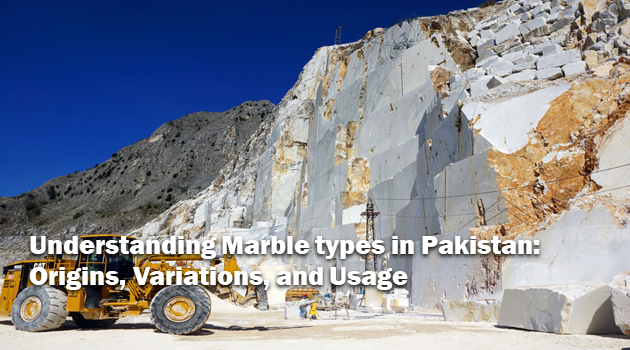Architectural and Engineering Glossary
W
1.A piece of wood,metal,or other hard material,thick at one end and tapering to a thin edge at the other.2.See lead wedge.
In prestressed concrete,a device for providing the means of anchoring a tendon by wedging.
Same as featheredge coping.
1.A small opening in a wall or window member,through which accumulated condensation or water may drain to the building exterior,as from the base of a cavity wall, a wall flashing,or a skylight. 2.A hole near the bottom of a retaining wall, backfilled with gravel or other free draining material,to permit water to drain to the outside of the wall,so as to prevent the buildup of pressure behind the wall.
A tile,with a hole through it,used in the first course,2 above a gutter in the roof.Water that passes through the hole drops directly into the gutter.See weep hole.
Statues of mourners sometimes incorporated into tombs.
Premium Product & Services
Best products and services from our partners
A type of preaching cross especially used for public penance.
See carpet weft.
Measuring the constituent materials for mortar or concrete by weight,rather than by volume.
In a window frame,the channel in which the sash weights move up and down.
A weight box.
An electrical circuit that alters the sensitivity vs frequency characteristic of a sound level meter so as to improve the correlation between meter readings and the subjective judgment of noise by individuals.See the A-scale,which is the most widely used weighting network for measuring noise levels of equipment,in buildings,and in the community.
To unite metals by heating them to suitable temperatures,with or without the application of pressure,and with or without the use of filler metal.
A line through the length of a weld that is perpendicular in its cross section.
A weld deposit resulting from a single longitudinal progression of a welding operation along a joint.
Localized corrosion at or adjacent to a weld.
An instrument for checking the shape and size of welds.
The part of a weld that has been melted during welding.
A solid nut provided with lugs,annular rings,or embossments to facilitate its attachment to a metal part by resistance welding.
A reinforcing bar splice made by welding the butted ends.
A cover plate welded to a beam or girder.
A gastight joint obtained by uniting metal parts,such as iron and steel that require welding,in the plastic or molten state.
Reinforcement which is joined by welding.
A piping system for conveying fluids,in which all joints are welded,usually to make the system leakproof.
Any truss having its main members joined by welding.
Tube made from a metal plate,sheet,or strip,with welded longitudinal or helical joint.
Same as wire lath.
The use of welded-wire fabric as reinforcement in concrete.
A series of longitudinal and transverse wires arranged at right angles to each other and welded together at all points of intersection;used as reinforcement in reinforced concrete.
A pair of electric cables supplying power from a welding machine to the work being done;one lead connects the machine with the electrode holder,the other lead connects the machine to the work.
A short length of pipe which is welded to a vessel at one end and is chamfered at the other end for butt welding.
in wire or rod form,used in gas welding and brazing processes and in those arc welding processes wherein the electrode does not furnish the filler.
A screw provided with lugs or weld projections on the top or underside of the head to facilitate attachment to a metal part by resistance welding.
Any assembly whose component parts are joined by welding.
A protective structure around the top rim of a well,4 to prevent objects from falling into it; also provides a convenient mounting surface for a mechanism for raising a water bucket.
Same as pit boards.
A shelter over a water well.
A hollow rod with a perforated intake at its lower end, which is pointed;driven into the ground and connected to a pump, to remove water at an excavation site.
A stairwell in a well.
Same as hard-burnt.
Aggregate having a particle-size distribution which will produce maximum density,i.e.,minimum void space.
A number of well points connected to a header,which is attached to a pump,to lower the water table at an excavation site.
1.The clear vertical space about which a stair turns;a stairwell.2.The open vertical space between walls in which a stair or elevator is constructed. 3.Any enclosed space of small area but of considerable height,as an air shaft. well,4.See bored well,dug well, etc.
The open vertical space between walls in which a stair is constructed; see well, 1.
Same as flat arch.
A groin formed by an underpitch vault.
See underpitch vault.
In sheet metal roofing,a seam which joins two sheets;formed by folding over the edges of the sheets,engaging the folded portions and then dressing them down flat.2.A strip of wood fastened over a flush seam or joint,or an angle,to strengthen it.
A drip formed by roofing felt at the eaves or the rake edge of a roof;a strip is folded back to return on the roof, forming the drip.
In sheet-metal roofing,a strip having one edge fixed to the roof and the other edge bent to hold the lower edge of a vertical sheet. Also see stripping, 3.


